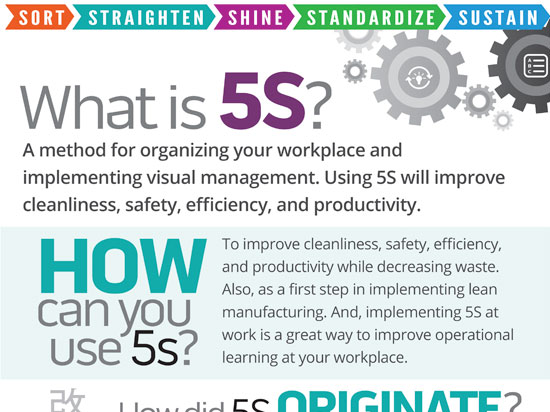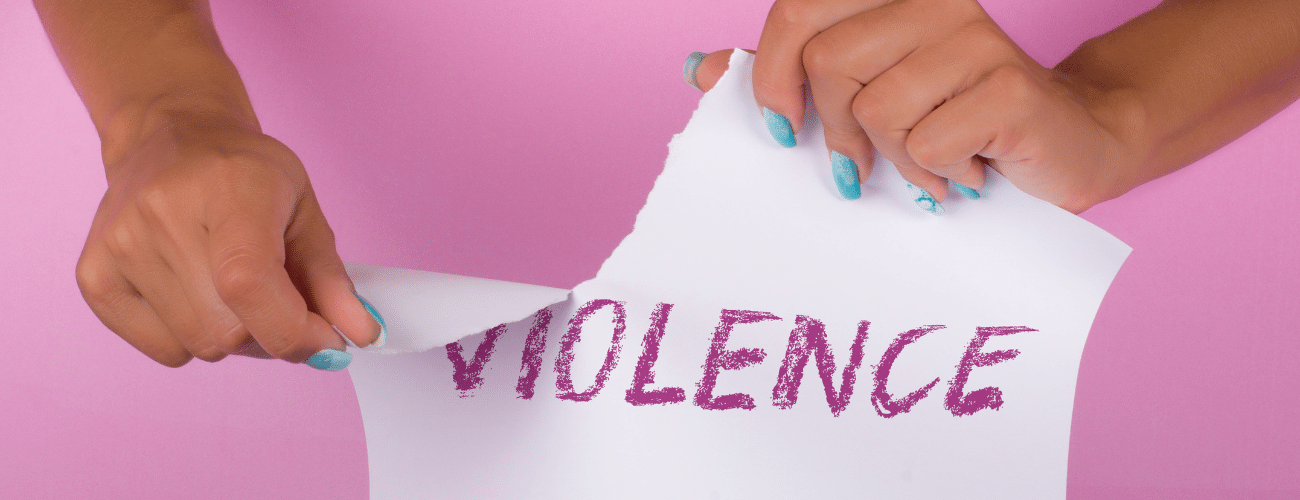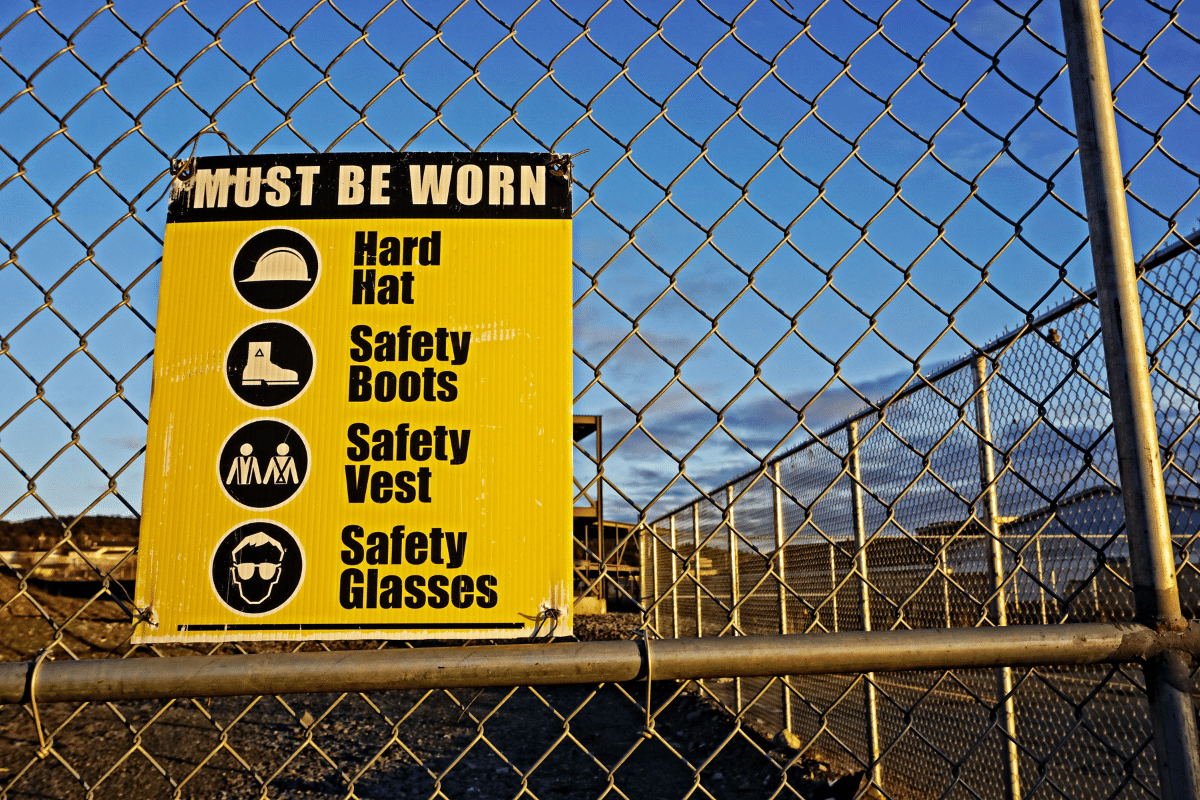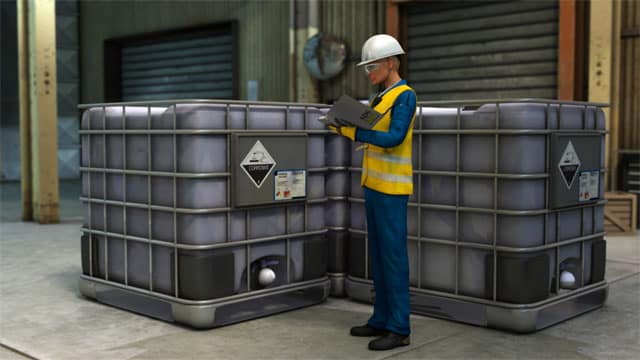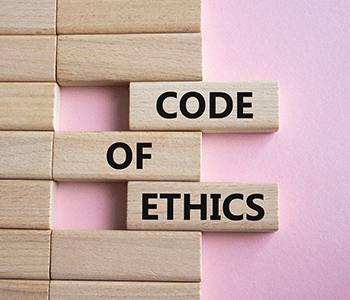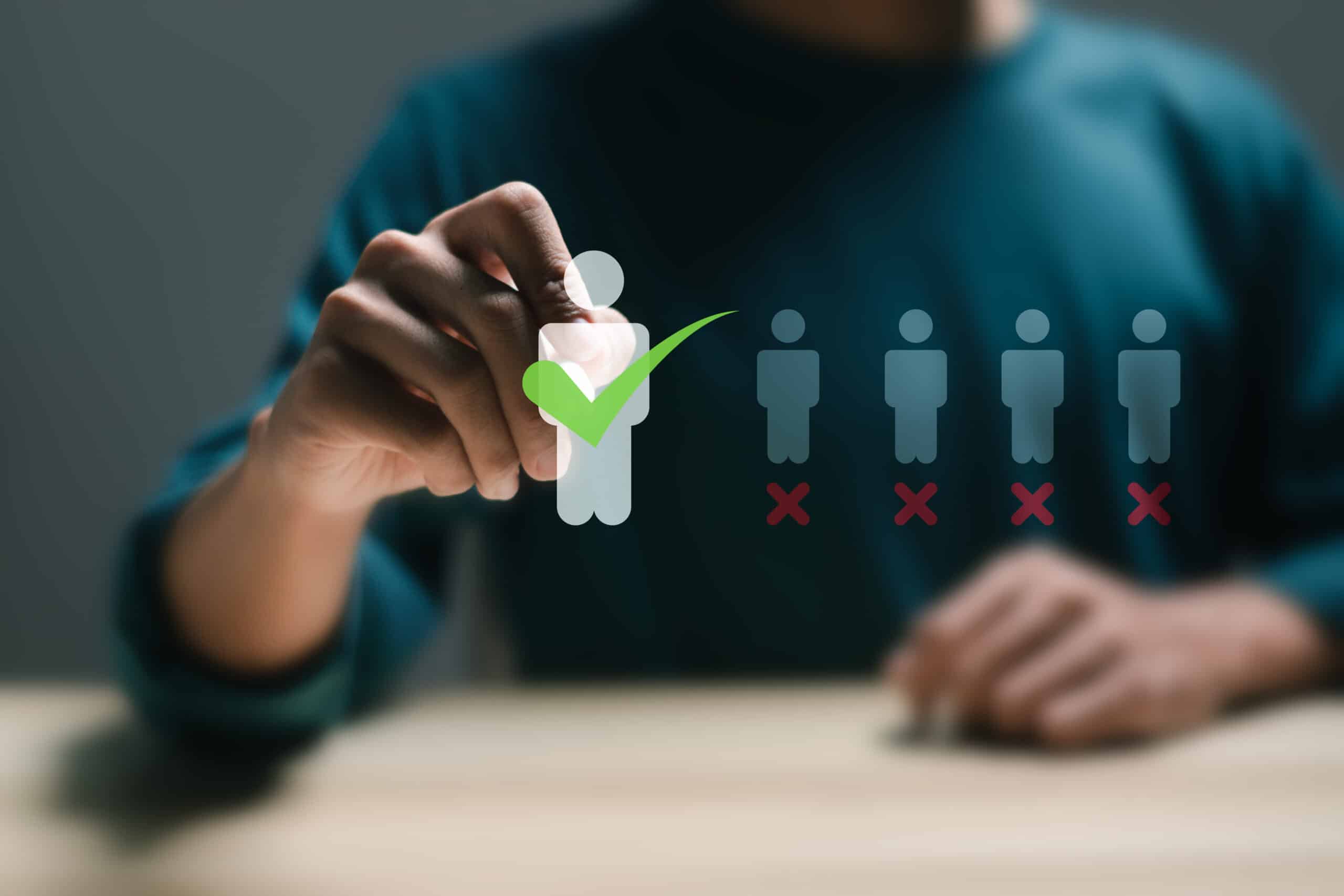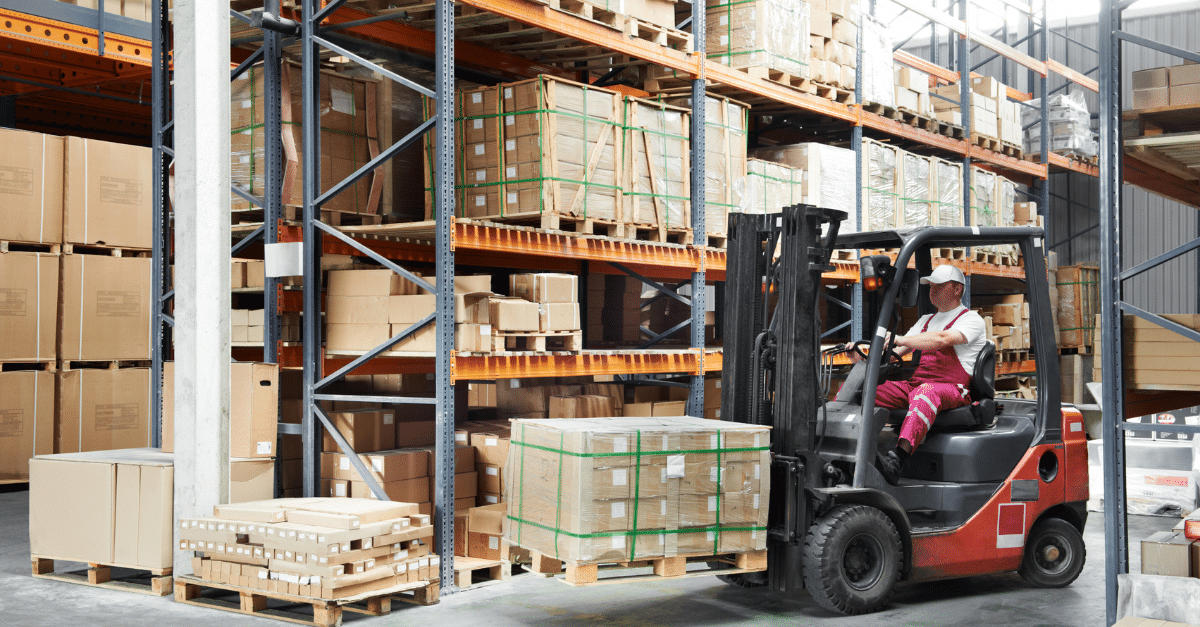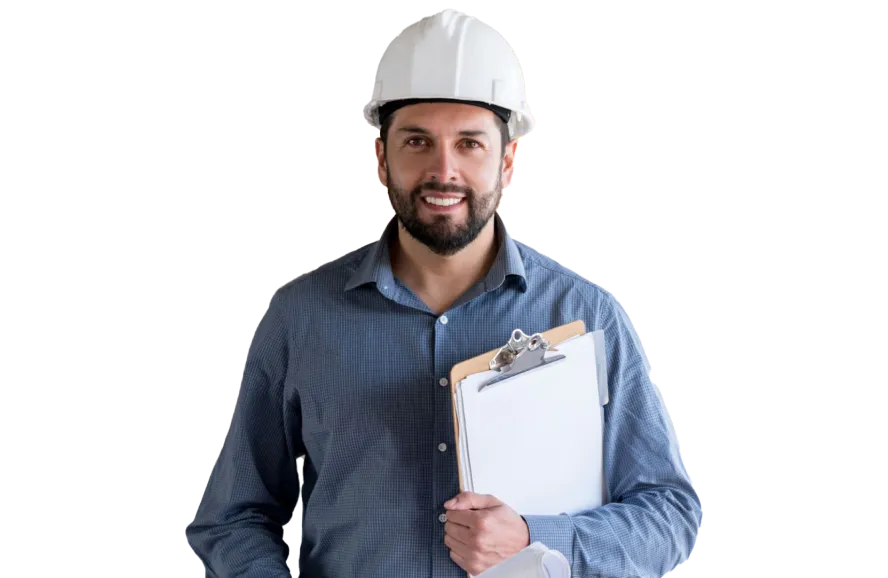February 9, 2015 5 min read
5S + Safety = Lean 6S Safety
Industry:
Solution:
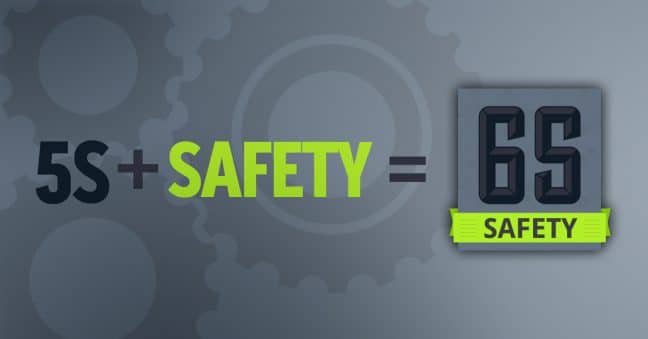
You’ve probably heard of 5S. If so, you know it’s a method for organizing a work area to increase efficiency and productivity while reducing waste. And it’s one of the first steps that many companies make while trying to become “lean.”
If you didn’t know that before, now you do.
5S can help make a company lean, but it also can improve safety and health at the company. It makes sense, because a more organized, tidier workplace is going to have fewer hazards. For example, if your housekeeping is better, you’ll have fewer tripping hazards. And if you’ve organized the workplace so tools and machines are placed more appropriately, your workers will have fewer ergonomic risks.
Even though 5S comes with “built-in” safety benefits, that’s not the end of the story. Over time, people have modified 5S by adding a new “S” to create 6S systems. One of the most common of the 6S systems results from adding Safety to 5S. This is sometimes called 5S+, 6S, lean 6S, 6S safety, or lean 6S safety.
In this article, we’ll learn more about 5S and/or 6S and how you can use it to create a more organized, efficient, productive, and safe workplace. To learn even more, check out our series of 5S online training courses and lean manufacturing training courses.
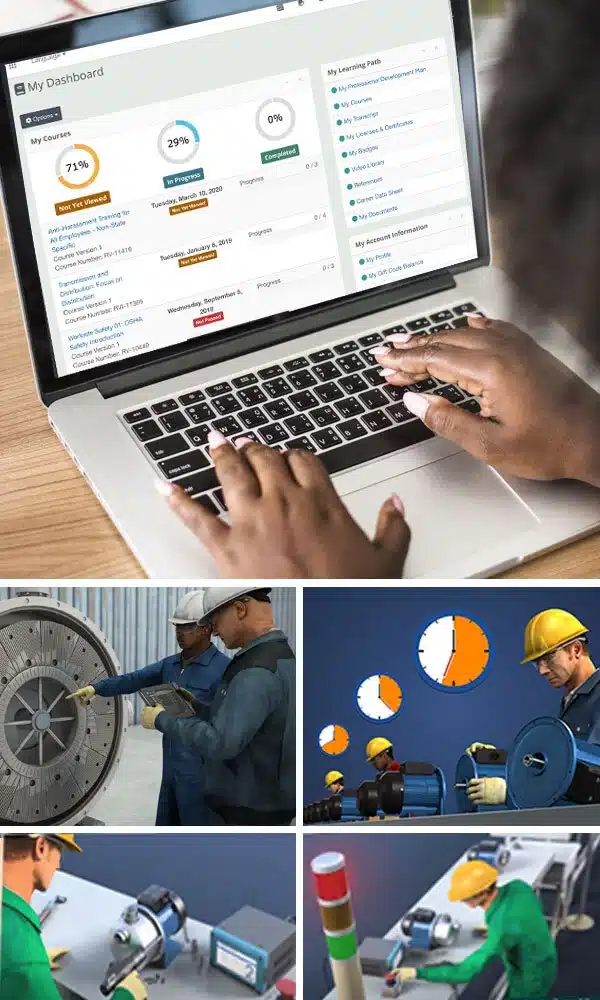
Vector EHS Management Software empowers organizations – from global leaders to local businesses – to improve workplace safety and comply with environmental, health, and safety regulations.
Learn more about how our software can save you valuable time and effort in recording, tracking, and analyzing your EHS activities.
Learn more about how we can help:
- Incident Management Software →
- EHS Inspection Software →
- Key Safety Metrics Dashboard →
- Learning Management System (LMS) and Online Training Courses →
- Mobile Risk Communication Platform
Download our EHS Management Software Buyer’s Guide.
What Is 5S?
Let’s begin by getting those who haven’t heard of 5S up to speed. Here are a few definitions of 5S to get you in the ballpark.
US EPA: “5S is a system to reduce waste and optimize productivity through maintaining an orderly workplace and using visual cues to achieve more consistent operational results. Implementation of this method “cleans up” and organizes the workplace basically in its existing configuration, and it is typically the first lean method which organizations implement.”
Kaizen Institute: “5S relates to workplace organization and forms a solid foundation upon which many organizations base their drive for continuous improvement. It is equally applicable & successful in all sectors helping to achieve high impact results. It is a systematic and methodical approach allowing teams to organize their workplace in the safest and most efficient manner.”
Lean Manufacturing Institute: “5S is a simple tool for organizing your workplace in a clean, efficient and safe manner to enhance your productivity, visual management and to ensure the introduction of standardized working.”
Wikipedia: “5S is the name of a workplace organization method that uses a list…(that describes) how to organize a work space for efficiency and effectiveness by identifying and storing the items used, maintaining the area and items, and sustaining the new order.”
We’ve also got a 5S course you can get for your workplace training needs.
Got it? Good.
Now let’s dive a little deeper.
What Are the 5S’s in 5S?
As you probably guessed, the 5S method includes five steps or phases, each of which begin with the letter S.
Because 5S originated in Japan, each “S” is the first letter of a Japanese word. Fortunately for English speakers, however, each of those Japanese words have been translated to an English word that also begins with the letter “S.” They’re listed below.
Sort (Seiri)
Sorting is the first phase of 5S. When you sort, you remove items from the work area that aren’t needed for current production needs. This may mean you store them somewhere for long-term storage, or perhaps you’ll even dispose of them.
The process of red tagging is designed to help you sort. Just go around the work area and put a red tag on everything that’s unnecessary. Then you can collect all the red-tagged items, put them in a central holding area, and deal with them appropriately item-by-item.
Straighten (Seiton)–Also Known as Set in Order
Once the unnecessary items have been removed, organize the rest of the items so they’re in the best possible location. Put things in place so they’re easy to access when they’re needed and so their location helps to increase efficiency and decrease waste.
While sorting, consider marking areas with tape or paint so it’s obvious what goes where.
Below is a short sample from the 5S e-learning course. It covers the second S–straighten–and demonstrates putting things in their place and marking their location.
Shine (Seiso)–Also Known as Sweep or Sanitize
After unnecessary items have been removed and necessary items have been straightened, then clean up the workplace. Don’t just do this once. Instead, set up a daily cleaning routine.
One benefit of daily cleaning is you can use it as an opportunity to inspect the work area and machines for wear and damage.
Standardize (Seiketsu)
Once you’ve sorted, straightened, and shined, it’s time to standardize. This means identifying best practices to keep things as you’ve got them now and creating consistent procedures for which jobs are done efficiently. Include sort, straighten, and shine in people’s job responsibilities so they’ll be done consistently.
Sustain (Shitsuke)
The final element of 5S is to sustain the practice–meaning, keep it going. Signs, posters, meetings, and other methods of communication can help keep the 5S method and practices fresh and make sure things don’t spiral out of hand again. Remember it’s not easy to change a company’s culture, and people may have a tendency to slip back to the old ways if you don’t keep the 5S message fresh in their minds.
Plan-Do-Check-Act (PDCA) Infographic
Problem-solving & continuous improvement tool from lean.
Yes! I Want this Infographic!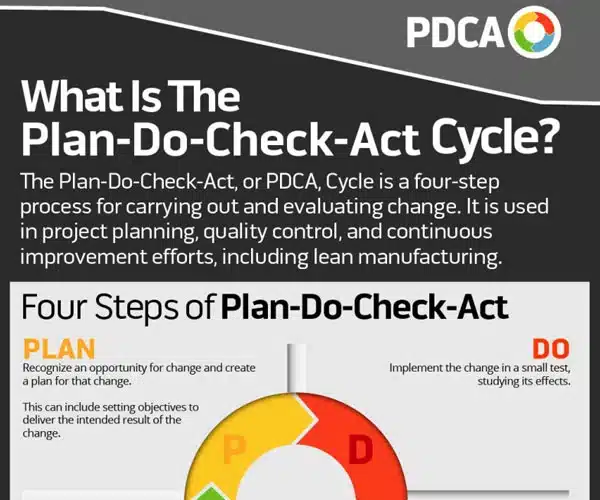
Adding Safety to 5S: Lean 6S
Adding safety to 5S can be as simple as remembering to keep safety in mind at each of the 5S steps. Let’s look at some examples of this.
During the Sort phase, you can use red tags for items that need to be removed and put yellow tags on EHS hazards. The red-tagged items go to a central holding spot, and there someone decides what to do with them. The yellow-tagged items are evaluated separately to see if any safety (or any EHS issues, really) need to be addressed.
When you’re Straightening, you can organize items not just to maximize efficiency, but with an eye toward safety as well. For example, don’t just put things in place to maximize worker productivity, but you can also consider safety/EHS issues such as ergonomic strain for workers at this point.
And during the Shine phase, you can add EHS concerns to a cleaning checklist for workers to perform. For example, when you’re cleaning and tidying you can also check to make sure chemical containers are securely closed.
Or, you can think of Safety as a separate step–after Sort, Straighten, and Shine, and before Standardize and Sustain. So, after you’ve Sorted, Straightened, and Shined, make a separate round of inspections for safety issues. Then, when you Standardize and Sustain, you can keep the safety issues in mind as well as efficiency issues.
Conclusion
Hope that helps get you started with 6S/Lean 6S. For more articles related to lean, check out any of the following:
- What Is Kaizen?
- What Is a Kaizen Event?
- What Is Lean?
- Improving Workplace Safety with Lean Manufacturing Principles
- Applying Lean Value Stream Mapping to Training
- TWI–an Overview of Training Within Industry
- The TWI Job Relations (JR) Program
- The TWI Job Instruction (JI) Program
- The TWI Job Methods (JM) Program
If you have any experience using 6S or tips for others, please leave them in the comments section below.
